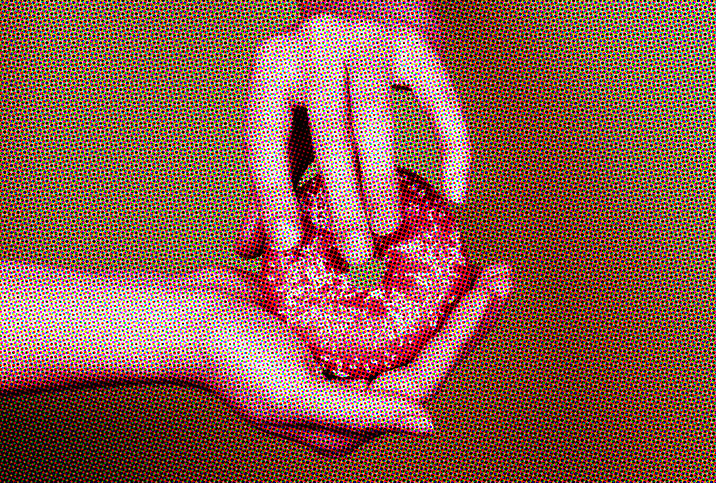A Complete Guide to Type 2 Diabetes

There are two types of diabetes—type 1 and type 2— both of which are chronic diseases that impact the way your body processes blood sugar.
Type 2 (T2) diabetes is the most common form of the disease. When you are T2, your body produces insulin, but it doesn't use it properly to keep your blood sugar levels under control. This is different from patients with type 1 diabetes, whose bodies don't produce insulin at all.
You may be able to control your type 2 diabetes with diet and exercise or you may need to supplement with oral medications or injectable insulin.
How is T2 diabetes diagnosed?
The most common test from your doctor for type 2 diabetes is an A1C test, which is done by drawing blood. The blood is then examined by a lab to determine your blood sugar level. A normal level of A1C is less than 5.7 percent, prediabetes is 5.7 to 6.4 percent and diabetes is when the test shows 6.5 percent or higher.
People with prediabetes have an A1C that is higher than normal but not quite high enough to be classified as T2. They don't necessarily go on to become a diabetic, if they follow their physician's orders—however, most T2 diabetics start off with a diagnosis of prediabetes.
When diagnosed with prediabetes, you may receive early treatment to return your blood sugar levels to normal. Losing weight and getting moderate exercise is also a good way to lower blood sugar levels to normal.
What are blood glucose monitors?
Blood glucose monitors are used to check your blood sugar levels throughout the day. One simple drop of blood from a finger prick is analyzed by the monitor to tell you your blood sugar level at that moment. It can help you understand which foods raise your blood sugar and which don't, making it easier to adjust your meals so you can use less insulin or oral medication.
There are standard meters and there are newer versions of continuous glucose monitors (CGMs) that monitor you day and night. You can choose which of these will work best for you.
Will losing weight help control my diabetes?
In short, yes. Absolutely.
There are many weight loss programs and products on the market to help you lose weight. Or you can go back to basics and start eating healthy and limiting portions of non-processed foods, which might be a more natural way to reach your weight loss goals and control your type 2 diabetes. Your physician will be able to give you guidelines as to how much weight you'll need to lose.
Even modest weight loss can help improve insulin resistance and reduce high blood sugar levels. For example, if you lose only 5 to 7 percent of your total body weight, it can make a significant difference, with the immediate result that you'll take fewer oral medications or need fewer insulin injections.
You can calculate your body mass index (BMI) using this formula:
Weight (in pounds) multiplied by 703, divided by your height (in inches) squared.
Here's an example of how the math works for a person 5 feet 6 inches tall, weighing 165 pounds:
165x703/66x66 = 115,995/4,356 = 26.6 BMI
Since underweight is below 18.5, a regular weight is between 18.5 and 24.9, overweight is 25.0 to 29.9 and obese is 30.0 and over, a BMI of 26.6 is categorized as overweight.
How do you count carbohydrates?
One of the most common methods to get your eating under control is to count carbohydrates (carbs) in all of your food and drinks. There are three types of carbs: starches, sugars and fiber.
Carbs are measured in grams and are documented on the nutrition label on all packaged foods and drinks.
Diabetics should get about half of their calories per day in carbohydrates. So, at a healthy 1,800 calories per day, you should aim for about 200 to 225 carb grams in a day. It's important to try to eat the same amount of carbs at each meal to keep your blood sugar level even throughout the day. You should also check labels to see exactly how much is in a single-serving size, as most of the time we imagine a serving size to be much larger than it actually is. For example, you might think a small baked potato is a single serving, when in fact it has 30 carbs, and that's classified as two servings.
What about exercise?
Any type of light exercise can help you in your goal to lose a few pounds. Decide what you want to do for exercise and do it for about 30 minutes a day five days a week, if possible. Just a slow walk around the block can transform into a brisk walk and then, over time, a gentle trot as you become more physically fit. This simple activity can help you get your blood sugar levels better in control and decrease your BMI.
Eat healthily, choose the proper amount of foods and begin some simple exercises. You'll feel better and be more confident—all while you're reversing your insulin resistance.


















